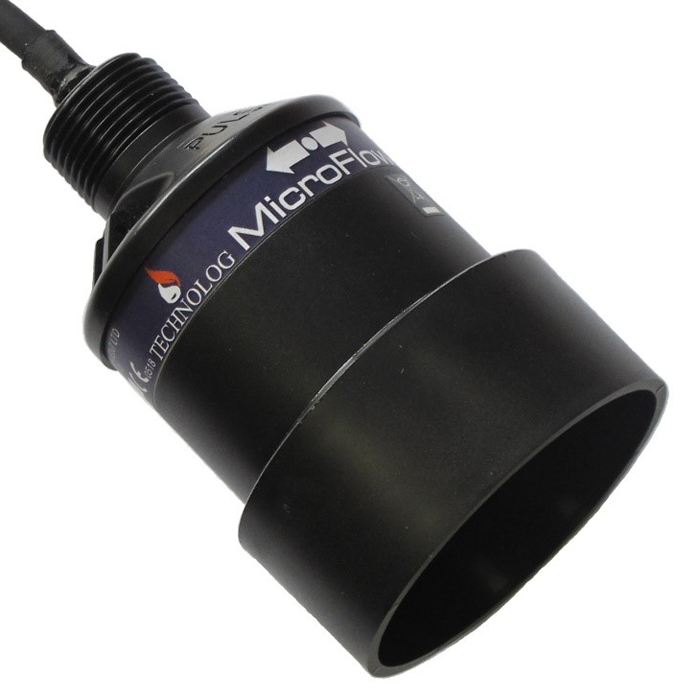Sewer Flow Monitoring
Project Overview
Managing flood risk is a high priority for Anglian Water. As water and waste undertakers, they work in partnership with Government and local authorities to play a central role in flood protection. The client’s aim is to prove the concept of near real-time monitoring of their sewer network, realise the benefits of a smart network, support their regulatory performance commitments for the next Asset Management Period (AMP7) and make the East of England resilient to the risk of drought and flooding. Anglian Water have performance commitments to reduce the number of internal sewer flooding incidents by 24%; reduce the number of external sewer flooding incidents by 6% and to ensure that only 9.75% of their customers are at risk of sewer flooding in a storm (1-in-50 year storm).
The smart management of drainage networks has long been an aspiration for the water industry and Technolog’s end-to-end solutions are helping Anglian Water realise these capabilities with near real-time modelling of their wastewater network. Technolog’s non-contacting velocity monitoring technology (MicroFlow-T coupled with an Ultrasonic Sensor) provides level, and velocity data. Flow data is calculated and used by Anglian Water’s automated ICM Live model every 30 minutes. Installations have been made in strategic locations across 10 catchments and models are run to predict flooding events and blockages before they occur. This provides Anglian Water with early warning alarms of potentially affected customers, enabling timely and targeted mobilisation of operational staff, mitigating customer impact.
Key Elements
- Near real time modelling of the waste water network
- Reliable, repeatable and relevant data at high transmission frequency
- Transmission of early warning alarms
- Predict flooding events & blockages before they occur
- Battery operated
- Reducing operating costs
- Timely and targeted mobilisation of operational staff
Key Outcomes
- Data integration between Watercore and Customer’s modelling system through API
- Reduction in costly site visits
- Early intervention and prevention for managing flooding and pollutions
- Remote sewer flow monitoring saved time and resources compared to traditional local or manual techniques
- Efficient deployment of resources
- Reduced number of internal and external sewer flooding incidents
- Meet local regulatory performance commitments (AMP7)

